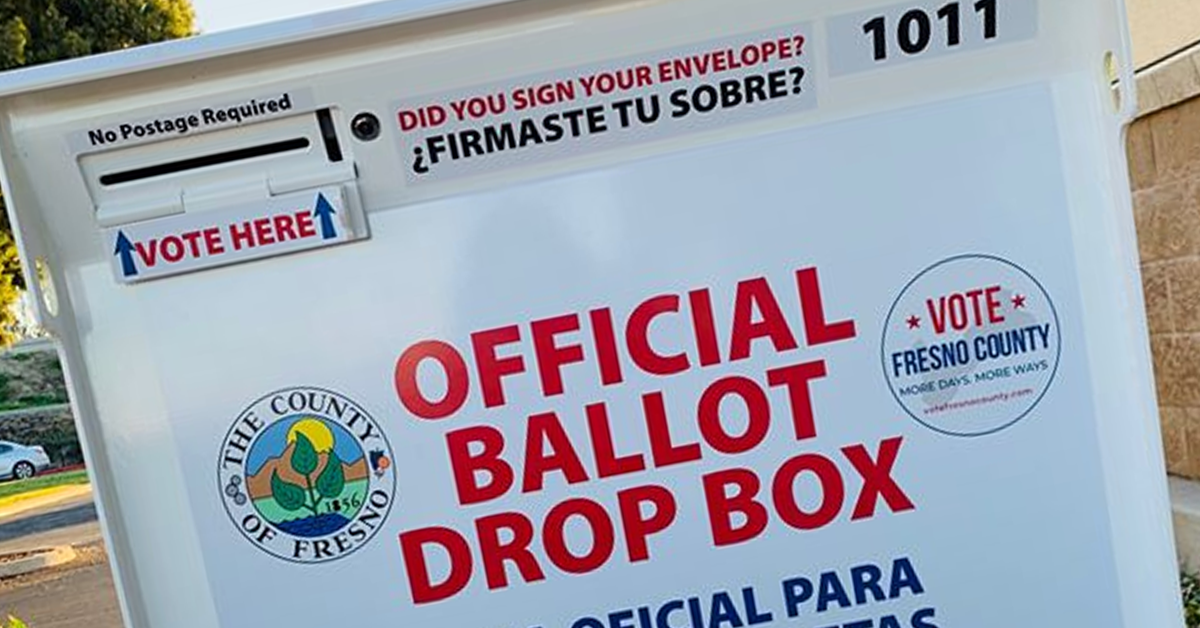California officials announced on Friday that communities and growers served by the State Water Project (SWP) can expect to receive 75 percent of their allotted water, with an additional 1.7 million acre-feet of water to be distributed among the 29 public water agencies serving 27 million residents.
This follows a winter of relentless rain and snow that has replenished reservoirs after three years of severe drought.
The backstory: California water officials kicked off the 2023 water year in early December with a paltry allocation of 5 percent of contracted amounts, citing “a possible dry fourth year” amid the state’s drought.
- A dozen atmospheric rivers have pummeled the Golden State since the onset of the holiday season, prompting DWR to raise its allocation to 35 percent in early February and again on Friday.
Water Watch: San Luis Reservoir in Merced County is expected to end the wet season at capacity, while Lake Oroville, the largest SWP reservoir, is currently releasing water through the Oroville Spillway to reduce flood risk for downstream communities in anticipation of the spring snowmelt.
- Meanwhile, Governor Gavin Newsom has eased some of California’s water restrictions. He has stopped asking people to voluntarily cut their water use by 15 percent, a request he first made nearly two years ago. As of January, the cumulative savings were just 6.2 percent.
- Newsom also said he would ease rules requiring local water agencies to impose restrictions on customers. For most people, it means they won’t be limited to watering their lawns on only certain days of the week or at certain times of the day.
- Other restrictions remain in place, including a ban on watering decorative grass for businesses.
- However, Newsom did not declare an end to the drought on Friday, even though the U.S. Drought Monitor reported this week that much of the state — including the major population centers along the coast and farmland in the Central Valley — is not in drought. Drought conditions persist in some areas, and water conservation efforts are still encouraged.
What they’re saying: State water officials continued to express caution over the fluctuating situation tied to the state’s water supply.
- “California continues to experience weather whiplash, going from extreme drought to at least 19 atmospheric rivers since late December. It really demonstrates that in times of plenty, we need to move as much water into storage as is feasible,” said DWR Director Karla Nemeth. “We’ve been able to manage the system to the benefit of communities, agriculture, and the environment. It’s certainly been a welcome improvement following the three driest years on record for California.”
- Some California lawmakers expressed dismay that, amid intense storms and flood releases, the updated SWP allocation was not at 100 percent.
- “This should have been a full 100% allocation notice given our unprecedented rain and snowfall; however I’m thankful for the Governor ordering this commonsense increase in our water allocation. As the state grapples with excessive flooding, it’s reassuring to know that we’re not letting all of this water go to waste,” Asm. Devon Mathis (R–Porterville) said.
- “Our reoccurring droughts are the cause of poor management and foresight. The resulting decrease in water allocation hurts our State’s key agricultural industries and irrevocably hurts our ag workers and their families. Unless we address the lack of effective water infrastructure, these periods of drought and flood will remain the norm in California,” the Tulare County lawmaker said in a statement.










